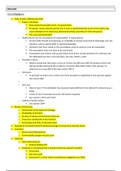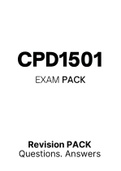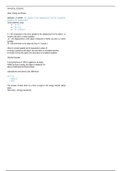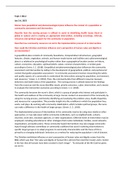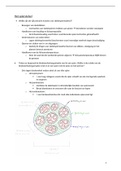College aantekeningen
Tort Law Outline
- Vak
- Tort Law
- Instelling
- Tilburg University (UVT)
Schematic outline for the first-year course of Tort Law. Does not follow powerpoint slides, but has outlined the different torts for each jurisdiction with the requirements and provisions.
[Meer zien]
